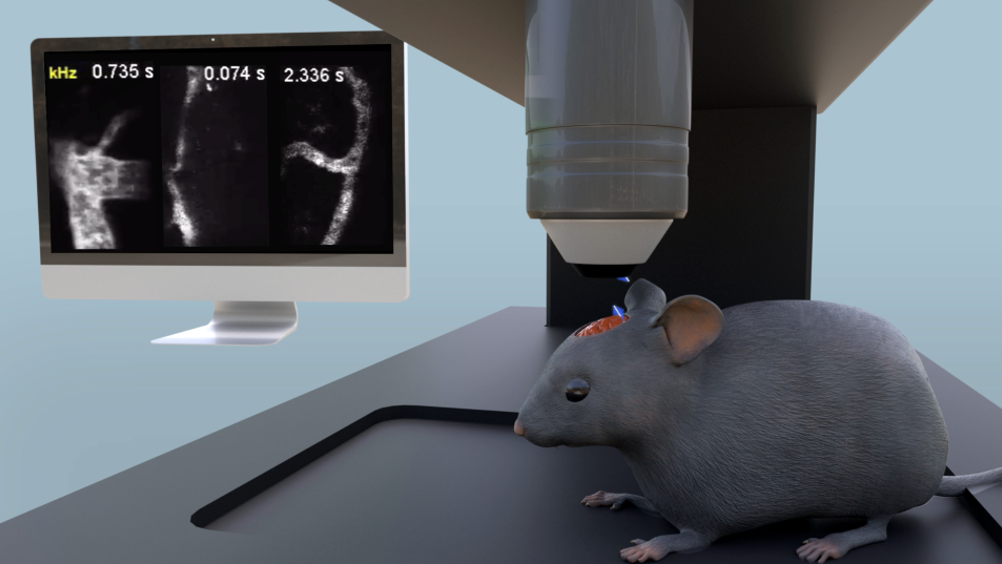Two-photon fluorescence provides insights into blood flow
Two-photon fluorescence imaging has been used to provide moving images of how individual blood cells flow in the brain of a conscious mouse.

The development – from the University of Hong Kong in collaboration with the University of California, Berkeley - is expected to provide neuroscientists with a tool to better understand the inner workings of the brain, particularly how blood flow changes at the level of individual blood vessels and across the larger vessel network within the brain. This can help to explain how energy is distributed and regulated in healthy and diseased brains.
The team’s findings have been published in Proceedings of the National Academy of Sciences.
The team’s microscope is said to have super high-speed two-photon fluorescence imaging that penetrates light more deeply into tissue than other gold-standard microscopy technologies to capture blood cells in fast motion. Most other technologies work with one-photon fluorescence and have a slow focus-scanning mechanism, which limits them to capturing low-flow speed regimens in anaesthetised animals.
The two-photon imaging technology developed by the team captures faster moving flows – in this case, red blood cells –when the animals are awake and able to move somewhat. The flow of red blood cells is an important cue of brain activity, which is fuelled by energy from blood supply.
Register now to continue reading
Thanks for visiting The Engineer. You’ve now reached your monthly limit of news stories. Register for free to unlock unlimited access to all of our news coverage, as well as premium content including opinion, in-depth features and special reports.
Benefits of registering
-
In-depth insights and coverage of key emerging trends
-
Unrestricted access to special reports throughout the year
-
Daily technology news delivered straight to your inbox










UK Enters ‘Golden Age of Nuclear’
Anybody know why it takes from 2025 to mid 2030's to build a factory-made SMR, by RR? Ten years... has there been no demonstrator either? Do RR...